Gifts of the Crow: How Perception, Emotion, and Thought Allow Smart Birds to Behave Like Humans
10,000 Birds
FEBRUARY 15, 2013
The single greatest challenge facing any book of science writing is balance. Otherwise, there would be no science writing, everyone would just go straight to the journals. ” or “What about…?” Nothing keeps a human reader more engaged than a genuine character, and the birds here are exactly that.






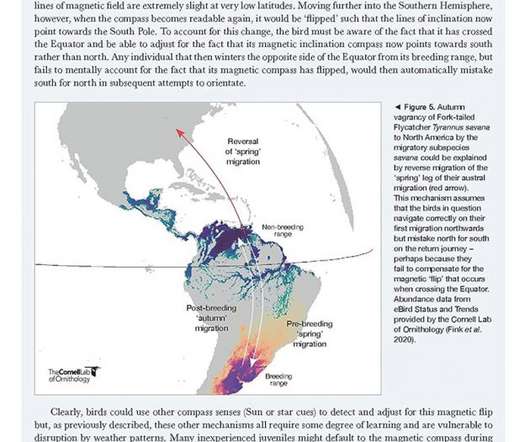







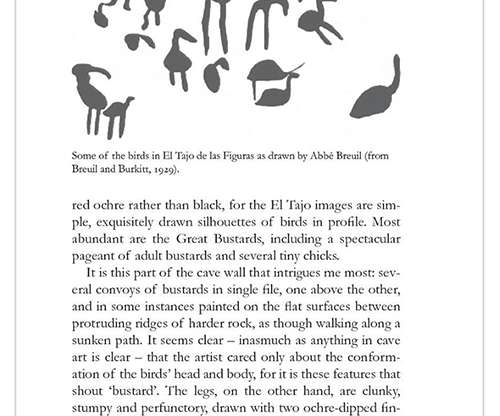
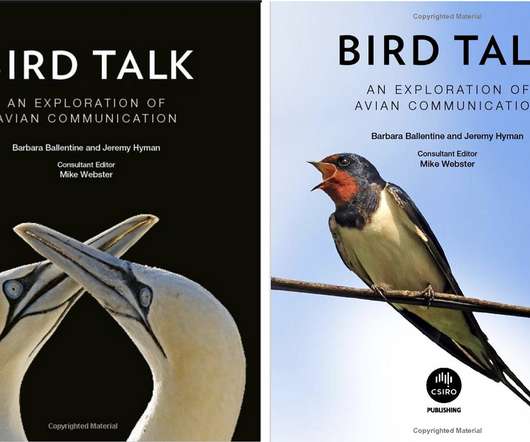




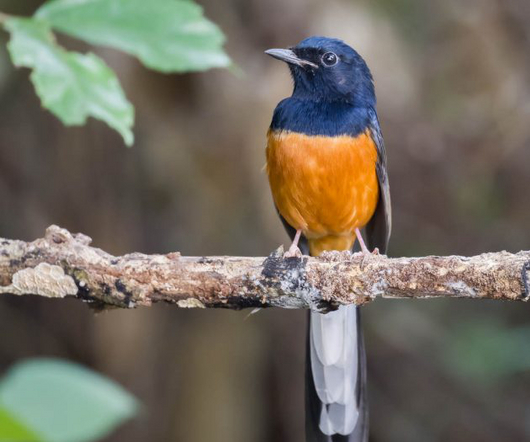









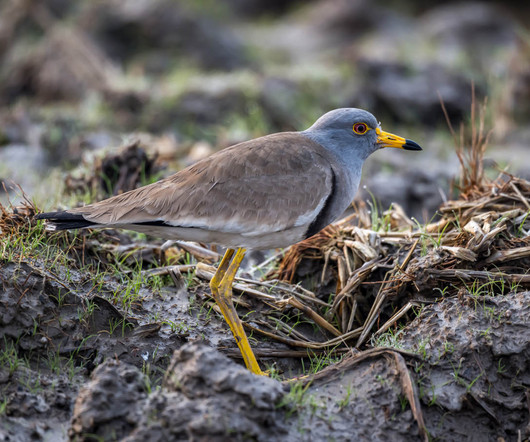









Let's personalize your content